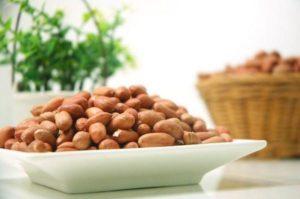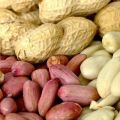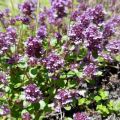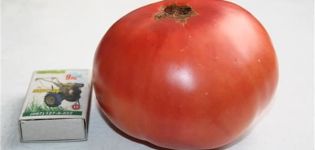Planting, growing and caring for peanuts in the garden and in a pot at home
Peanuts are nutritious food with incredible flavor and aroma. Many people still believe that peanuts grow on trees or bushes. Spicy annual nuts are a prominent representative of the legume family. The culture received the original name "peanut", because the fruits ripen in the soil. Therefore, if a person wants to have his own plantations of peanuts, he must know how to grow peanuts.
Types and varieties of peanuts for cultivation
The peanut, which belongs to the legume family, has up to 100 plant species. Due to the nature of the culture, it is grown mainly in regions of South America. Only two types of peanuts are suitable for cultivation in the country - Pinto and cultivated. The number of plants is divided into 4 groups.
Spanish
Also called the Spanish nut. The main feature is the increased oil content, unlike other varieties. Spanish kernels are medium in size, which are covered with a pink-brown skin. It is an excellent raw material for the manufacture of candied, salted nuts and butter.
Valencia
The group is represented by varieties with large fruits. The plant can reach a height of 1.2 m. There are not two nuts in one shell, as in other groups, but at once 3. The seeds in a capsule have an oblong shape and are covered with bright red husks.
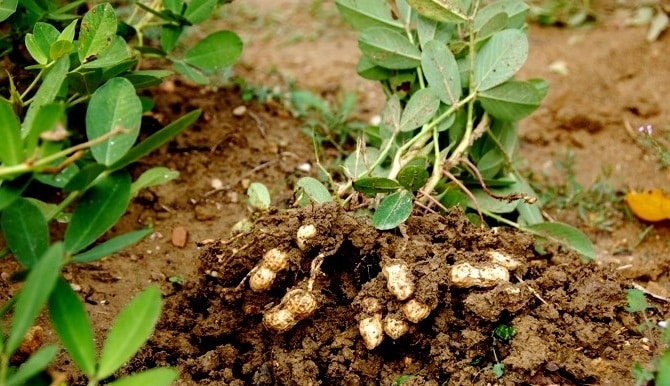
Runner
The taste qualities of the representatives of the Runner group are several times higher than the varieties of Spanish and Valencia. Fruits lend themselves better to roasting and give high yields. The peanuts are very large and are distinguished by their oblongness. Grown for the production of salted nuts for beer and peanut butter.
Virginia
It is considered the highest quality product among other representatives. Virginia goes through a rigorous selection process before it goes on sale. The largest fruits are left and used for the preparation of confectionery.
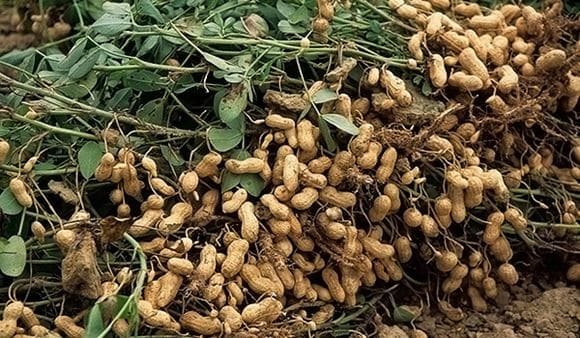
Preparing peanuts for planting
For further cultivation, unroasted peanuts are selected, the fruits of which have reached technical maturity. A handful of nuts are poured with two glasses of cold water and left overnight. The place where peanuts are soaked should be out of direct sunlight and well ventilated.
In the morning after soaking, the seeds are washed and dried. At night, the peanuts are again poured with water. The cycle of soaking and drying is repeated 3 times.
If a bulge appears at the top of the grain, this means that the product is ready to be planted in the soil.

Sowing pattern and depth
The seeding procedure is quite simple:
- It is necessary to prepare a container for plants and fill up the substrate.
- One seed is placed in the center of the box and covered with earth. In this case, the depth is not more than 2.5 cm.
- To make the plant sprout faster and feel more comfortable, cover the container on top with cling film or glass.
A homemade greenhouse must be periodically ventilated so that oxygen enters the soil, and the earth can dry out a little. This is a kind of prevention of the appearance of a fungus. If the first leaves appear above the soil, the shelter is removed, and the container with the seedlings is taken out to a permanent place. After that, care for the growing peanuts begins.

Nut germination methods
There are many techniques for growing a product yourself. This can be a window sill, balcony, summer cottage, or a piece of land near the house. They all require the right approach.
In a pot for growing at home
If it was decided to cultivate peanuts at home, you need to start with the selection of containers. It should be spacious and fairly stable. This avoids drooping of the shoots around the edges of the pot, which is unacceptable for the culture. Fruit formation occurs after the flowers appear.

In a container for further planting in the ground
If peanuts are sown in the country, use the square-nesting method. The scheme is 60 x 60 or 70 x 70 cm. In one nest, from 5 to 6 bushes of peanuts develop at once. Sowing can be carried out using a wide-row method.
At the same time, there should be at least 70 cm of free space between the rows, and 20 cm between the bushes.Peanuts are laid to a depth of 7-8 cm.
A representative of legumes can be planted by seedling, and not only by direct sowing into the ground. The grown plant is planted in the soil and looked after. The container for sprouts should be small. This can be separate cups for each seed or a large container for several seedlings.

The most important thing in this method is the ability to transplant a sprout with an earthen clod. This becomes necessary, since there is a possibility of damage to the root system of peanuts. When performing the procedure, you must be careful and follow the actions.
In the greenhouse
It is considered the easiest way to grow peanuts. It is better to plant a nut together with tomatoes, since they are not only good neighbors, but also contribute to the development and growth of each other. So that culture does not need space and light, it is planted closer to the glass. In greenhouse conditions, care must be taken that the stalks of peanuts do not lie on the soil. For this they are tied up. For the growing season, they cost only 1 hilling, and in the fall they harvest.
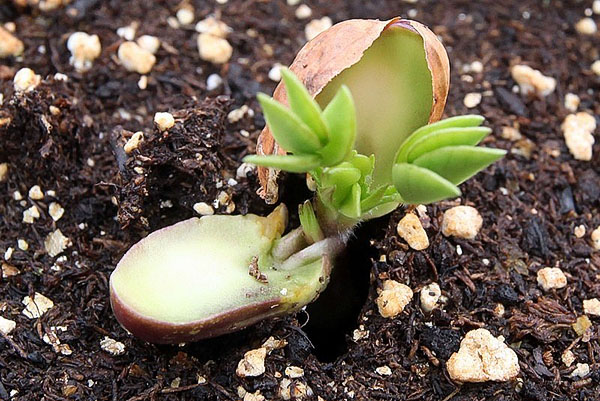
We plant directly into the soil
Open sowing is carried out in the month of May, when it will be warm enough outside. The earth must be warmed up to a temperature of +15 ° C and not lower. The best precursors for peanuts are melons.
Typically, disembarkation time is mid-May. For favorable germination of seeds, the probability of frost return is completely excluded. Such weather conditions are considered disastrous for the culture.
During sowing crops in the garden, whole or half-peeled beans are used. If there are leaves, they are thrown into the hole along with the nuclei. This technology allows you to populate the plant root system with useful mushrooms.

Necessary conditions for growing
The correct development of the bush and rapid growth depend on the person's compliance with the conditions of agricultural technology. Regardless of the place of cultivation - a window sill, greenhouse, summer cottage or open ground, the plant should feel good.If this is a room in the house, it must be moderately lit and periodically ventilated.
Lighting
Peanuts are tropical dwellers, so they need proper lighting. To do this, you need to increase the daylight hours of the plant. If the lighting conditions are violated, it will affect the culture itself. Lack of light is the reason for poor crop growth.
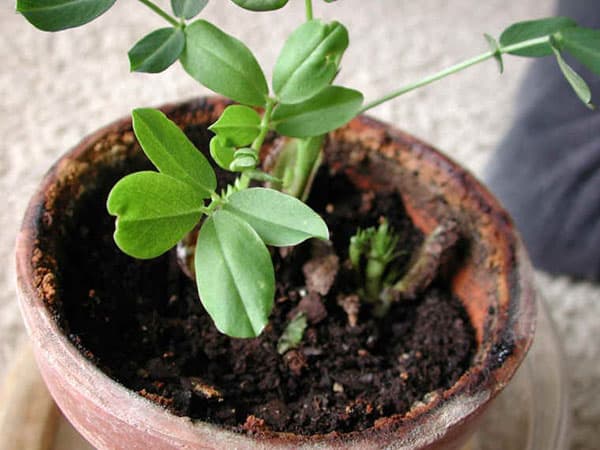
Optimal temperature conditions
The culture feels great at a temperature of +30 ° C. The permissible low value is +20 ° C. If the mark is set below +15 ° C or above +30 ° C, the plant may die.
Humidity level
Peanuts need a lot of moisture during flowering and fruit formation. But there should be no stagnation of water. A large amount of water in September is undesirable, as it prevents the fruit from ripening.
Soil composition
Peanuts like neutral, light and moderately moist soils. The soil should contain magnesium, calcium and humus. Better to take for growing beans sandy loam or black soil.

If the area set aside for planting peanuts has acidic soil, it must be limed. This is done in advance in the autumn by digging up the earth and introducing humus into it. In the spring, it is also necessary to cultivate the future plot of land for peanuts.
Complete care from a seedling before the first harvest
After planting the beans in the ground, they proceed to the next stage of growing - caring for the crops. For normal growth and development, the crop should not need water, light and fertilizers. This is the only way to get a crop of peanuts.
Fertilizers for fertilizing the soil
After planting, it should take time for the sprouts to grow up to 10 cm in height. At this time, the first feeding is carried out. The composition can be bought in a specialized store or prepared by yourself. At the beginning of fruiting, you can re-fertilize, but this is not necessary.
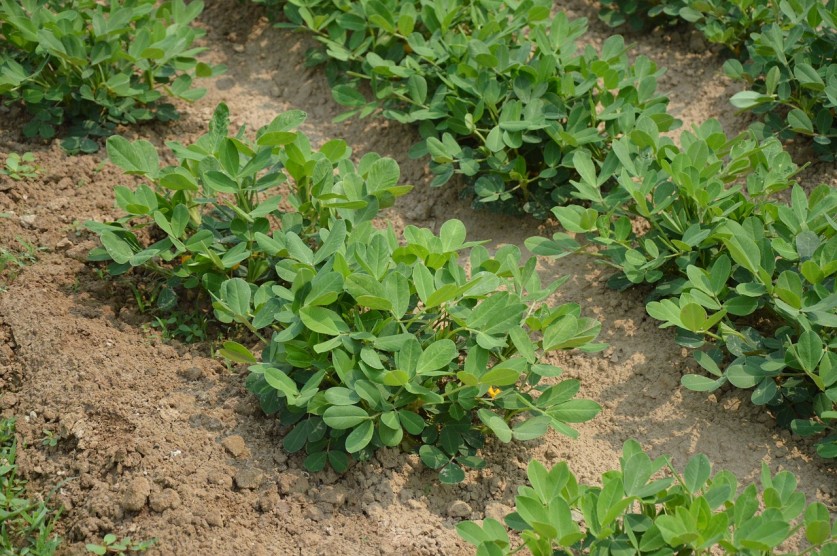
Plant formation
As a rule, the plant rarely needs human help at the time of the formation of the bush. If the tops of the shoots cannot reach the ground and burrow, the nut will not be able to ripen. For this purpose, the branches are bent or a container with earth is suspended near each flower.
Protection from pests and diseases
Peanuts are occasionally attacked by various pests and diseases. In order to minimize the likelihood of insects appearing on the beds, it is necessary to observe crop rotation and agricultural rules. These are the simplest control measures. Weeds are sources of disease, so they are removed from the site.

Irrigation
This procedure is a type of watering. Irrigation is carried out as the soil dries out. There is no clear number of times how many times you can water. The best method of adding moisture to the soil is drip irrigation.
Peanut ripening time
The amount of time that passes from planting to picking peanuts takes no more than 6-7 months. If peanuts stop blooming and growth stops, this indicates that the nuts are beginning to ripen. At the same time, the leaves on the stems still turn yellow and dry out. The second half of September is the period when nuts are dug up.

Productivity and collection
Each bush forms about 30 boxes of nuts. The amount varies depending on the variety of peanuts. When the fruits are removed from the garden, they try to dig out the plant with a pitchfork. After collecting the bushes, the beans along with the stems are dried in shady and ventilated places. If the shell crunches and cracks when pressed, then the peanuts can be torn off and poured into containers for further storage. As a rule, it takes up to 2 weeks to dry.
Nuts should be stored in a dry place to avoid dampness as this will spoil their taste. If tightened to harvest, the beans become tart and bitter. Therefore, a person is required to be careful and follow the rules of agricultural technology in order to get a harvest of tasty fruits.
